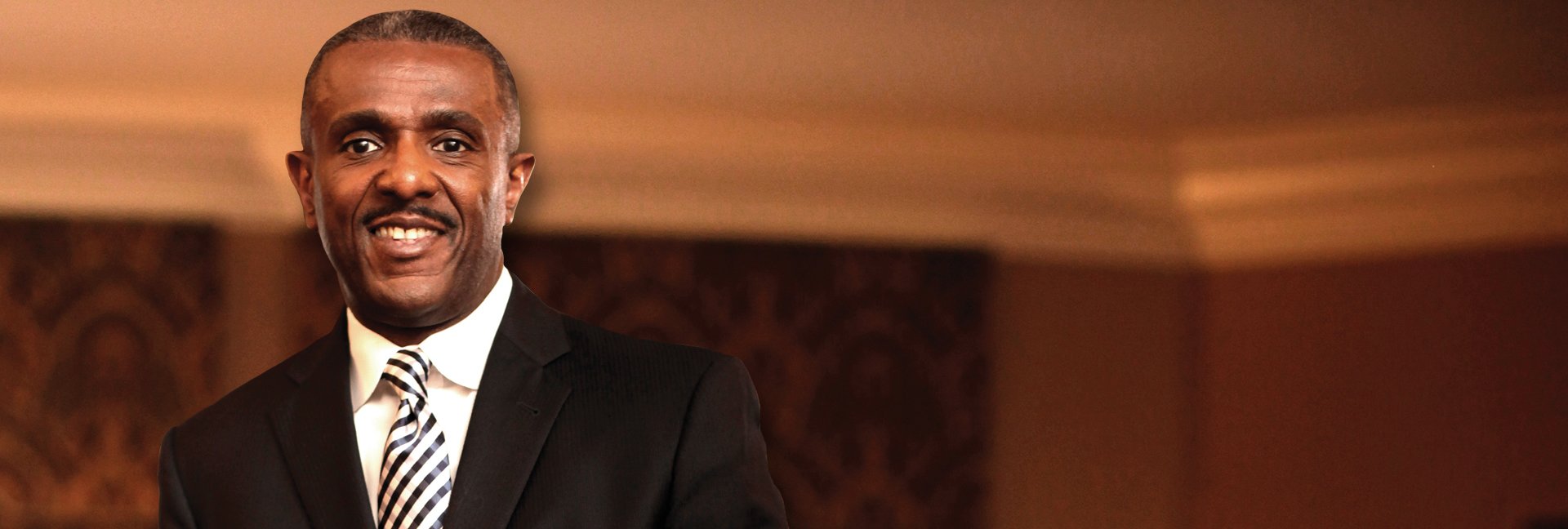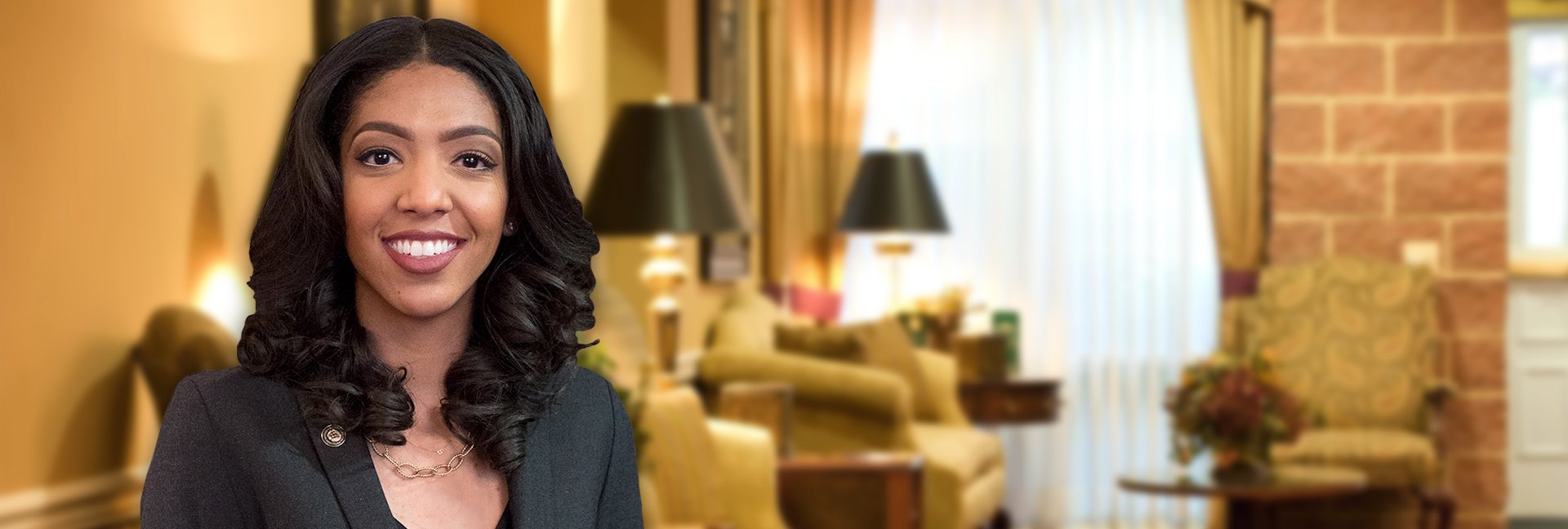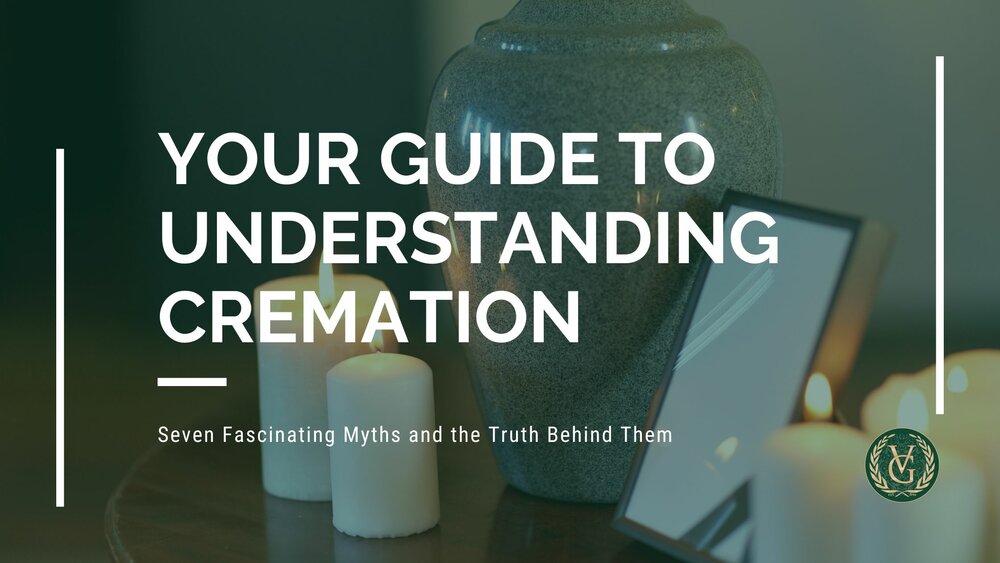Your Guide to Understanding Cremation: Seven Fascinating Myths and the Truth Behind Them
Understanding cremation reveals countless misconceptions about the ancient practice.
Cremation has been around for centuries but it remains surrounded by mystery. You might be surprised to know that it has become the preferred funeral disposition method in the United States despite its many misconceptions. Whether you are considering it for yourself or a loved one, understanding cremation and what the process involves will help you make the most informed decisions.
In this guide, we will explore seven common myths surrounding the practice of cremation and uncover the truth behind them.
Myth #1: It’s environmentally harmful.
The process of cremation is actually more eco-friendly than traditional burial when considering factors like land use and embalming chemicals.
Myth #2: Cremation is not compatible with religious beliefs.
Some religions have historically opposed cremation, but most now accept it as a valid option for disposition. In fact, cremation is practiced by various religious and cultural groups worldwide, including Hinduism, Buddhism, and Christianity.
Myth #3: The body is scorched to create the ashes.
One of the common misconceptions is that cremation incinerates bodies into cremains. In reality, during cremation, the body undergoes intense heat exposure of up to 1800 degrees Fahrenheit, resulting in thermal decomposition. This leaves bone fragments which are then ground into a fine powder-like consistency referred to as 'cremains’.
Myth #4: Burial is always more expensive.
Cremation is often more cost-effective due to the absence of expenses like a casket and burial plot. However, the overall cost varies based on factors such as location and additional service options.
Myth #5: It’s an impersonal practice.
Choosing cremation does not diminish the opportunity for personalization and meaningful tributes. Our funeral home offers opportunities for traditional funeral services, viewings, and memorial ceremonies before or after cremation. Furthermore, cremated remains can be scattered in meaningful locations or incorporated into memorial jewelry or keepsakes.
Myth #6: Cremation prevents traditional funeral services.
Cremation and funeral services are not mutually exclusive. Many families choose to have a traditional funeral service followed by cremation, while others opt for a memorial service after cremation. The flexibility of cremation allows for a wide range of memorialization options tailored to individual preferences.
Myth #7: There is no final resting place when choosing cremation.
Cremated remains can be interred in a variety of ways, including burial in a cemetery, placement in a columbarium niche, or scattering in a meaningful location. Families have many options for creating a lasting memorial for their loved ones.
There is no one-size-fits-all approach to end-of-life decisions and it is essential to consider personal beliefs, preferences, and cultural traditions. By understanding cremation, we can honor the diversity of perspectives surrounding the practice and celebrate the unique journey of each individual's life.
If you are considering cremation, you may have many questions. Our compassionate staff is here to explain in detail the complete range of cremation and memorialization options available to you and your family. You are welcome to contact us anytime.
About Vaughn Greene Funeral Services: For more than 25 years, Vaughn Greene Funeral Services has been providing a ministry of care to Baltimore’s African-American community. As a leading local, minority- and family-owned provider, we promise to provide our highest level of service and respect to families who entrust us to honor their loved ones. For more information about our funeral, cremation, memorial, repast, and grief counseling services, please call us at 410.655.0015 or visit us online at https://vaughncgreene.com/.








Comments